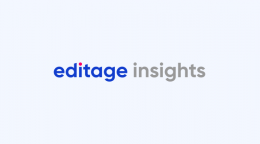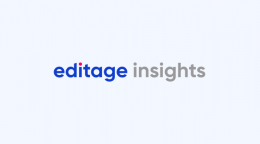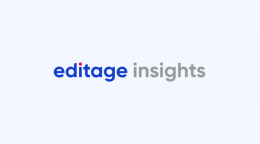Elsevier announces the launch of a new metric CiteScore

A new metrics has arrived on the academic publishing scene. On December 8, publishing giant Elsevier announced the launch of a new metric CiteScore, a set of metrics that measure the quality of academic journals. At a time when Journal Impact Factor (JIF) is considered to be losing its hold, Elsevier’s announcement has sparked many discussions and debates around the need for citation metrics and the efficacy of the new metric. Lisa H. Colledge, director of research metrics at Elsevier, said, “Regardless of what you may think about the ongoing activity of ranking, people are still interested in using new data sets and developing new metrics in looking at different ways of how things can be excellent.”
Some factors that distinguish CiteScore from JIF are:
- CiteScore calculates a journal’s impact by the average number of citations per item receives over a three-year period, unlike JIF’s two-year period.
- CiteScore covers the journals indexed in Scopus (22,000) as against the journals indexed in Clarivate Analytics’ Web of Science (11,000).
- CiteScore’s figures are not limited to published papers. They are based on all potentially citable documents, which includes news items, editorials, letters to the editor, etc.
- JIF is available only to subscribers, while the CiteScore figures will be freely available online except for in-depth analyses that would be visible only to subscribers.
Since CiteScore considers all citable documents while calculating the score, many high impact factor journals such as Nature and The Lancet are not likely to score as high as they do in JIF. The main reason for this is that they publish content that is not limited to research papers. Phil Davis, a publishing consultant in New York, surmises that, “Adoption of CiteScore will push editors to stop publishing non-research documents, or shunting them into a marginal publication or their society website.”
Many researchers have reacted positively to the fact that Elsevier has made CiteScore’s calculations transparent, but others have expressed skepticism that Elsevier would own a metric. “Having a for-profit entity that is also a journal publisher in charge of a journal publication metric creates a conflict of interest and is inherently problematic,” wrote Ellen Finnie, head of scholarly communications and collections strategy at the MIT Libraries, in her blog post. It remains to be seen whether academics warm up to this new metric or it goes into obscurity like many other metrics that failed to gain popularity.
What are your opinions on this issue? How important are citation metrics according to you? Would you adopt CiteScore? Please share your views.
Published on: Dec 16, 2016
Comments
You're looking to give wings to your academic career and publication journey. We like that!
Why don't we give you complete access! Create a free account and get unlimited access to all resources & a vibrant researcher community.













